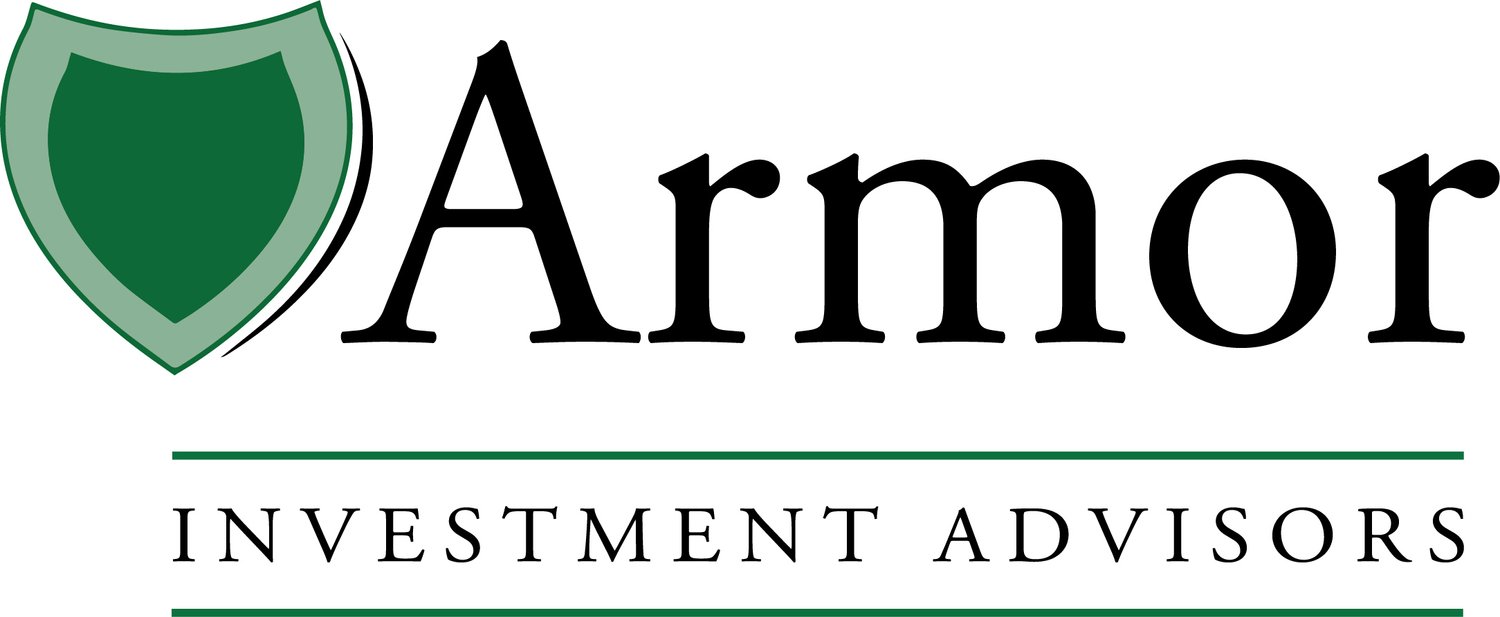July 17, 2022
OPPORTUNITIES IN A DOWN MARKET
by John Purrington CFP®
The market has been in what feels like a free fall since the beginning of the year. It has been gut wrenching and scary, but as Adam’s article reminds us, the market has down cycles and it has recoveries.
With the equity markets down over 20% since the beginning of the year, there are planning opportunities which can take advantage of the current low valuations and the prospects of a recovery.
1. Tax Loss Harvesting
For all the advice to not sell when the market is down, there can sometimes be advantages to selling when the market is down. Intelligent rebalancing to harvest tax losses is a strategy focused on writing off capital losses from taxes to reduce current and future tax burdens while moving your account closer to its optimal long-term allocation.
This is part of our ongoing investment management process at Armor.
2. Roth Conversions
A ‘Roth Conversion’ is when assets are moved from a Traditional IRA into a Roth IRA. Assets in a Traditional IRA have not yet been taxed but will be in the future. Assets in a Roth IRA have already been taxed and will grow free of any taxes in the future.
Transferring funds from a Traditional IRA into a Roth IRA accelerates the tax burden into the current tax year. Depending on current income and projected future income, a Roth Conversion may make sense for you. Roth Conversions often makes sense in the early years of retirement when there is low taxable income, but before the IRS requires annual taxable distributions from the IRA (RMDs), increasing taxable income.
At times like now, when the value of IRA assets are deflated, a Roth Conversion can be even more beneficial because the ‘re-inflation’ growth will occur in the tax free account.
At Armor, we work with clients to model an optimal conversion schedule based on their particular income projections. Effecting the conversion while the market is down, allows a greater percentage of an IRA to move to the more tax efficient Roth IRA where the assets are reinvested to grow tax free.
3. Gifting to heirs
The current Estate Tax exemption is $12.06 Million, meaning that an estate will not be subject to a tax unless net worth is over $12M, and for a couple over $24M. With that caveat, the exemption is scheduled to drop by half in 2026 and could always drop further, so future estate tax could have a broader impact.
Gifts given now which exceed an annual limit (a de minimis amount) are counted against the eventual estate exemption. If your estate may be subject to an estate tax, it is advisable to maximize your annual ‘de minimis’ gift. The 2022 de minimis amount is $16,000. Gifting the maximum before a rebound will allow for the rebound to happen outside of your taxable estate and avoid a 40% estate tax on the growth.
Complex trusts such as GRATs and CLATs can even further enhance the value of gifting deflated assets. As part of our estate reviews with clients, we identify opportunities to reduce estate taxes while achieving transfer goals and not relinquishing control.
The stock and bond markets have both been dismal in 2022 but remaining focused on long term goals and recognizing that in all likelihood we will exit this valley can reveal opportunities that can look brilliant in hindsight. We are reviewing accounts to identify openings for these strategies. Don’t hesitate to reach out if you would like us to investigate a situation. —J. Purrington
Nothing contained in this post is intended to constitute legal, tax, securities or investment advice, nor an opinion concerning the appropriateness of any investment, nor a solicitation of any type and does not guarantee future results. The information contained in this post should not be acted upon without specific legal, tax and investment advice from a licensed professional. Past results are not indicative of future performance.
